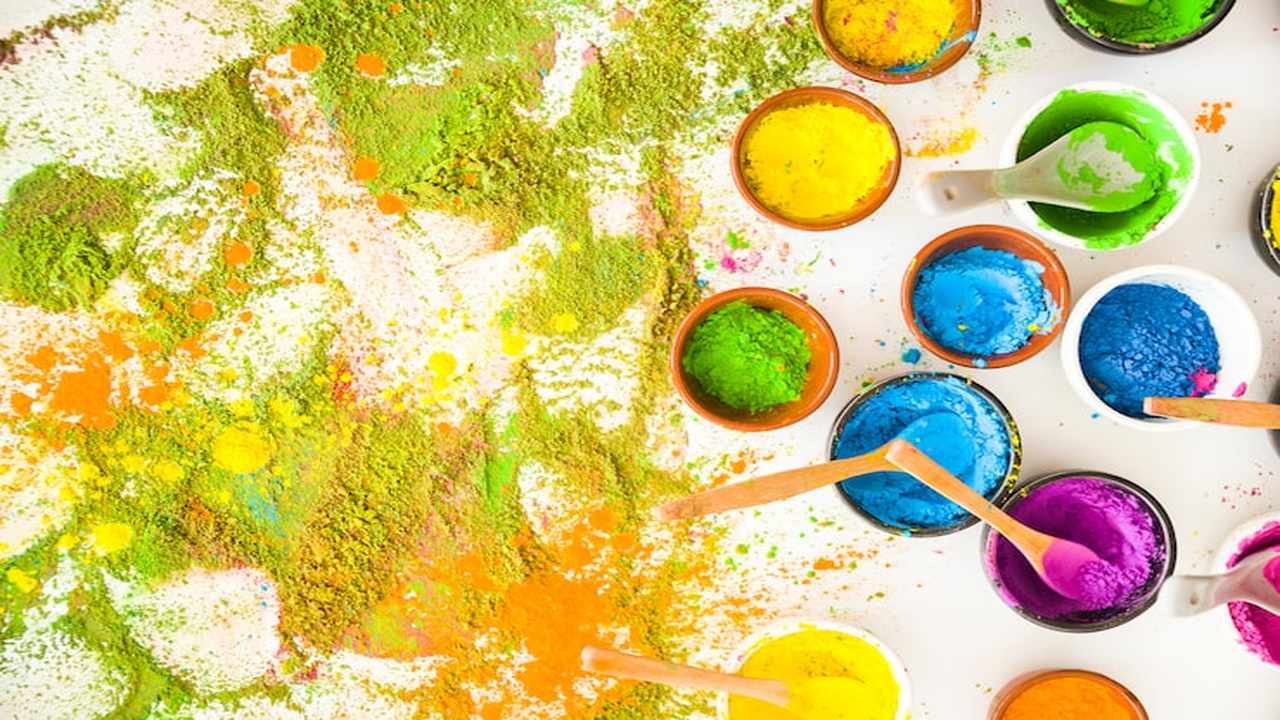 Amidst the fashion industry's environmental impact, FIT pioneers sustainable dyeing with a vibrant twist. At the heart of their initiative lies a natural dye garden, where students transform indigo leaves into colorful silk scarves. Led by guardian Whitney Crutchfield, this project not only educates but challenges industry norms, aiming to integrate eco-friendly practices into textile production. Join us as we delve into FIT's innovative approach, exploring the intersection of sustainability, education, and creativity in the global supply chain.
Amidst the fashion industry's environmental impact, FIT pioneers sustainable dyeing with a vibrant twist. At the heart of their initiative lies a natural dye garden, where students transform indigo leaves into colorful silk scarves. Led by guardian Whitney Crutchfield, this project not only educates but challenges industry norms, aiming to integrate eco-friendly practices into textile production. Join us as we delve into FIT's innovative approach, exploring the intersection of sustainability, education, and creativity in the global supply chain.
Sustainable Dyeing Practices
Sustainability in the fashion industry is gaining traction, with FIT leading the way in pioneering sustainable dyeing practices. By establishing a natural dye garden that integrates rain collection and composting, FIT is not only educating its students but also challenging the industry's traditional methods. The project initiated by FIT students Caitlin Powell, Amber Harkonen, and Meghan Navoy highlights the environmental burdens associated with textile production, such as water waste and chemical runoff. Through their commitment to more sustainable dyeing and farming practices, FIT is setting a new standard for eco-friendly textile production. This initiative underscores the importance of addressing the environmental impact of the fashion industry and encourages a shift towards more sustainable practices.
Education and Awareness
The natural dye garden at FIT serves as both a classroom and a research site, providing students with hands-on experience in sustainable dyeing practices. Led by Whitney Crutchfield, the garden offers students a unique opportunity to explore the complexities of natural dyeing and its potential applications in various industries. The project not only educates students on sustainable practices but also raises awareness about the environmental challenges associated with conventional dyeing methods. By emphasizing the importance of understanding the trade-offs between natural and conventional dyeing processes, FIT is preparing its students to drive change in the industry and integrate sustainable practices into their future work.
Industry Transformation and Innovation
As interest in natural color grows, FIT is at the forefront of exploring the commercial viability of natural dyes in apparel and other products. The research conducted by FIT's team aims to determine the scalability of natural dyes and their potential applications in different sectors. By challenging the notion that "natural" always equates to sustainable, FIT is promoting a nuanced understanding of dyeing processes and their environmental implications. This innovative approach not only encourages industry transformation but also fosters a culture of innovation and sustainability within the fashion and textile sectors. FIT's commitment to integrating eco-friendly practices into textile production is reshaping the industry landscape and driving towards a more sustainable future.
Collaboration and Community Engagement
The success of the natural dye garden project at FIT is a result of collaboration and community engagement. By involving students, faculty, and industry partners in the initiative, FIT has created a platform for knowledge sharing and collective action towards sustainability. The project's roots in regeneration and response to the environmental challenges posed by textile production demonstrate FIT's commitment to engaging the community in sustainable practices. Through partnerships with organizations like the American Folk Art Museum, FIT is not only expanding its reach but also fostering a culture of sustainability and ethical sourcing in the global supply chain. This collaborative approach highlights the importance of collective efforts in driving meaningful change and promoting transparency in supply chains.
Conclusion
FIT's pioneering sustainable dyeing practices not only showcase innovation but also embody a crucial shift towards eco-conscious textile production. Through their natural dye garden and collaborative approach, FIT is not just educating students but catalyzing industry transformation and fostering a culture of sustainability. As the fashion sector grapples with environmental challenges, FIT sets a precedent for integrating sustainability, education, and community engagement into the global supply chain. This initiative prompts reflection on the potential for impactful change when creativity meets sustainability, urging businesses to embrace ethical practices and transparency for a more sustainable future.